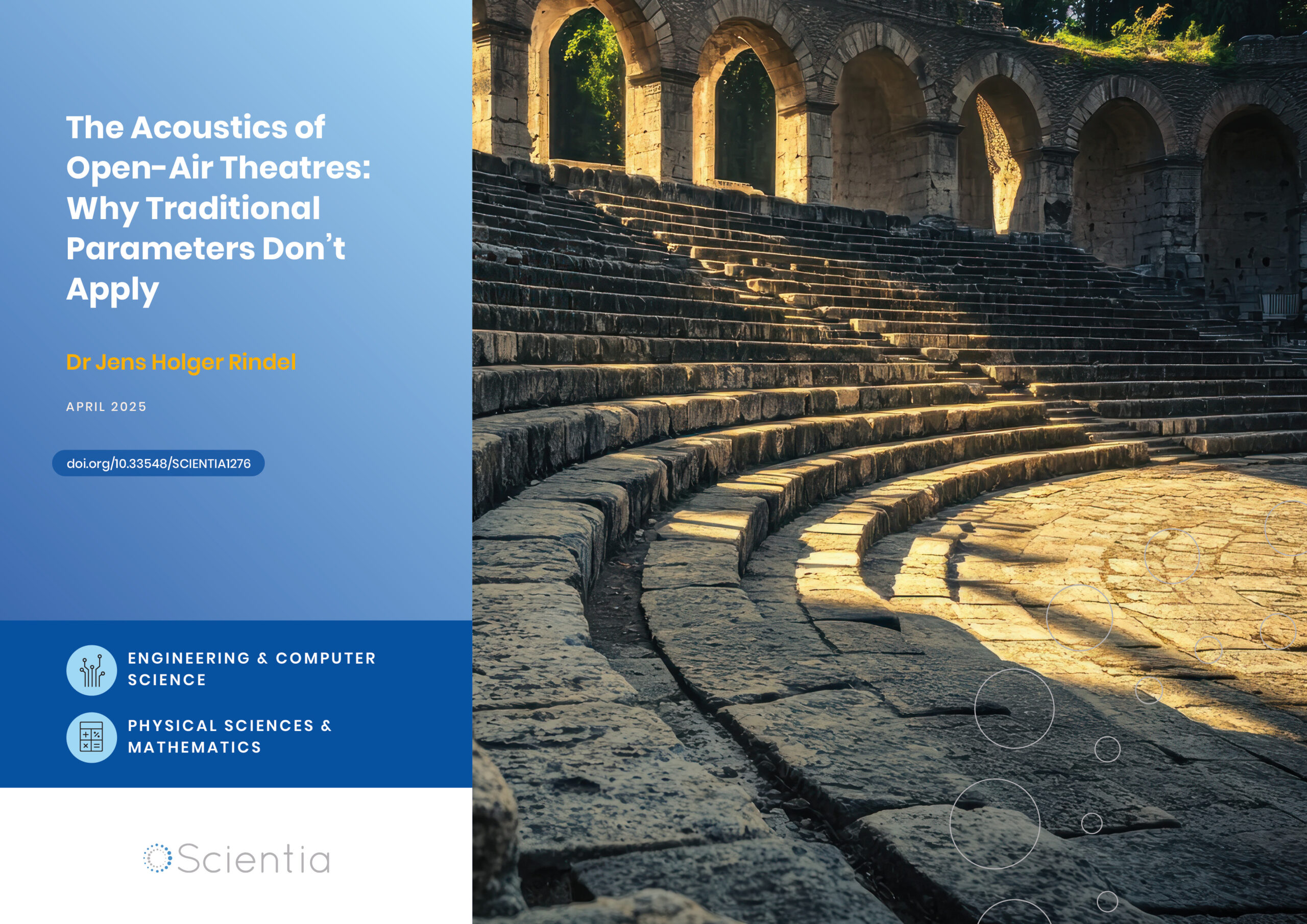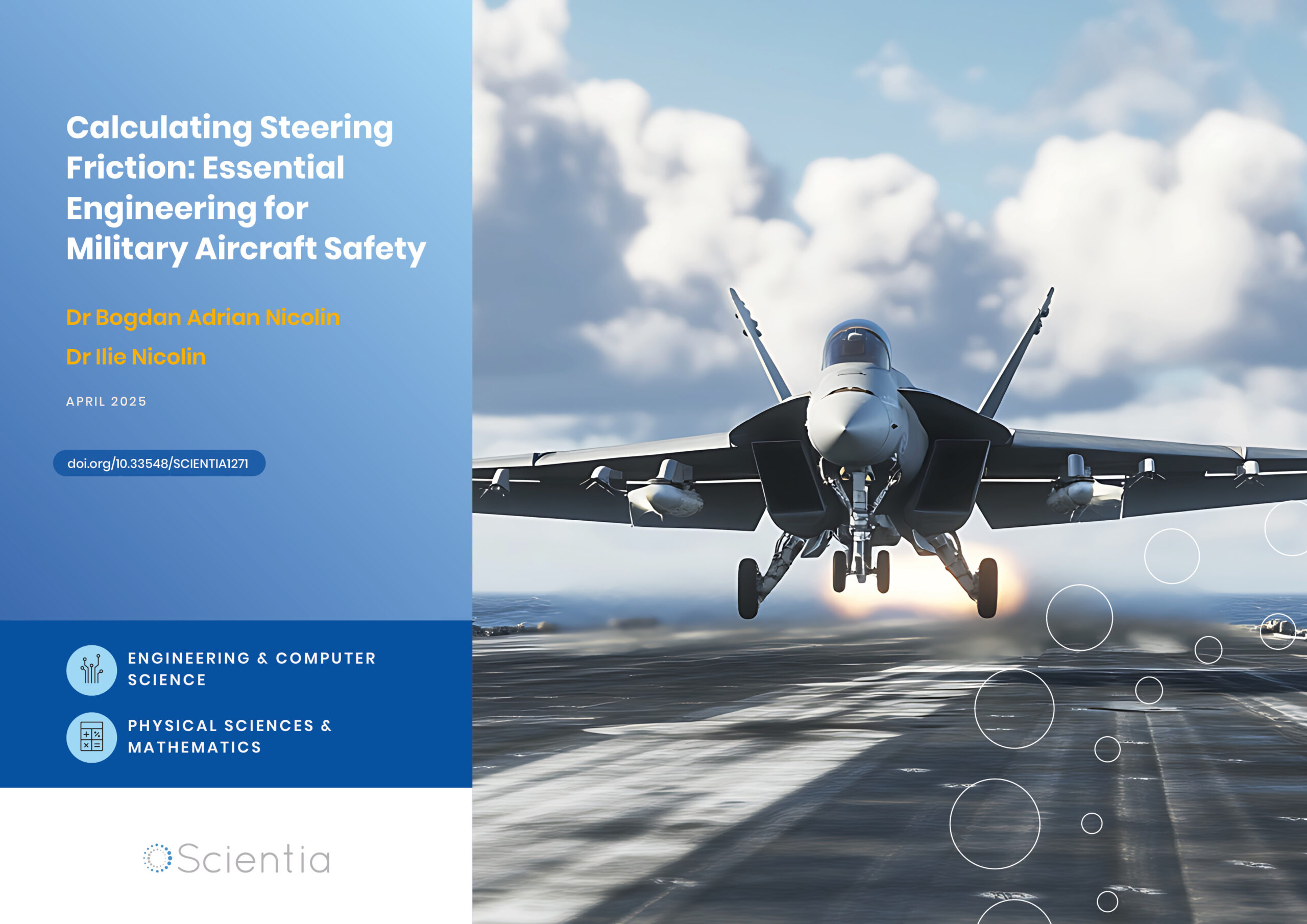The British Society of Soil Science
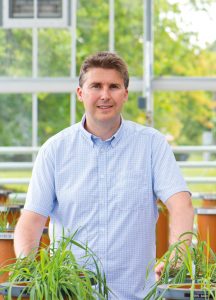 Founded in 1947, the British Society of Soil Science (BSSS) is an international membership organisation and charity dedicated to the study of soil in its widest aspects. Funded through subscriptions and income from its publications, BSSS is a platform for exchanging ideas and representing the views of soil scientists to decision-making bodies. The Society stimulates research by hosting conferences and publishing two scientific journals, and promotes education through a number of initiatives in schools, colleges and universities. In this exclusive interview, we speak with Professor Sacha Mooney, President of BSSS, who describes the great importance of soil science research, and the varied ways that the Society advances this diverse and fascinating field.
Founded in 1947, the British Society of Soil Science (BSSS) is an international membership organisation and charity dedicated to the study of soil in its widest aspects. Funded through subscriptions and income from its publications, BSSS is a platform for exchanging ideas and representing the views of soil scientists to decision-making bodies. The Society stimulates research by hosting conferences and publishing two scientific journals, and promotes education through a number of initiatives in schools, colleges and universities. In this exclusive interview, we speak with Professor Sacha Mooney, President of BSSS, who describes the great importance of soil science research, and the varied ways that the Society advances this diverse and fascinating field.
To start, please explain why soils are fundamental to life on Earth.
Our soil is vital to our survival, primarily because it fulfils a wide range of important functions. At the top of the list is food production. We obtain more than 90% of our food from soil in some shape or form. A widely used quotation from Franklin Roosevelt captures the essence of this: ‘A nation that destroys its soil destroys itself’.
However, soil does much more than provide us with our daily calorific intake. It filters our water, it regulates the Earth’s temperature and thus impacts our climate, it is a home for millions of different organisms, it is the reservoir for the nutrients that plants require for growth; I could go on…
Why is soil science now more important than ever before? Are Earth’s soils under threat?
Answering the second question first, yes, very much so, and as a result yes, soil science is indeed more important now than ever before. I would go as far as to say it is both the most important and, to an extent, the most exciting time ever to be a soil scientist.
Soil is at the heart of most of the global grand challenges and many of the UN Sustainable Development goals. The issues we face globally in mitigating and adapting to climate change are well documented, however the role of soil science in these is perhaps less so.
The management of soil impacts heavily on how much food we have available to eat, how clean the air is that we breathe and the quality of the water that we drink. Soils are under threat from several angles, not just our climate but in coping with large-scale agricultural intensification that has, and continues, to take place to deal with the rapid rise in global population.
The challenges facing farmers – the key people that manage our soils – are greater than ever before; we need more food, but with the use of less inputs either due to climate, finite resources or in attempts to behave in a more sustainable manner.
The challenges in responding to a changing climate from a soil perspective are significant to say the least. How do we manage our soils to prevent the devasting impacts of flooding? At the same time, how can we improve or at least maintain crop yields when there is less and less water available, or at least less water at the time it is most needed? These are some of the key questions we have to face globally and soil scientists are in the front line in this battle.
‘Soil does much more than provide us with our daily calorific intake. It filters our water, it regulates the Earth’s temperature and thus impacts our climate, it is a home for millions of different organisms, it is the reservoir for the nutrients that plants require for growth; I could go on.’
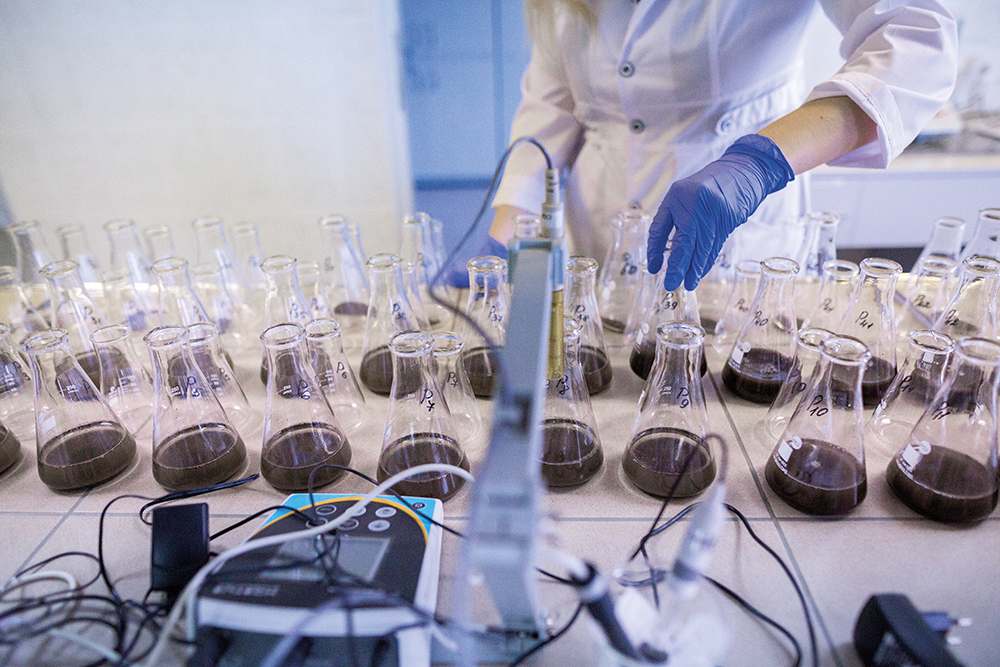
In what ways does the British Society of Soil Science support and advance soil science?
Our Society was established in 1947. Since then we have always been the place where those who have the passion, interest and excitement in understanding how the ground beneath our feet influences our daily lives, have come together. We have over 800 members from both the UK and overseas and our primary aims are around supporting the study of soil science, facilitating education and interactions between our members and supporting stakeholders and government in shaping new policy.
In 2010, we became an incorporated charity, merging with the Institute of Professional Soil Sciences. We have many members who are ‘practicing’ soil scientists, working in industry, and we take a lead in providing support and training for them. We also have a very strong early career membership and we support them by providing the opportunities for conferences, workshops and networking.
A particularly exciting and important part of our work in terms of how we promote and advance the understanding of soil science is that we publish – via Wiley – two long-standing and well-respected academic journals: the European Journal of Soil Science and Soil Use and Management. Our members get free access to these journals and they publish research from all around the world.
What types of research do your members conduct, particularly towards conserving and restoring the planet’s soils?
It is impossible to answer this question briefly, as soil science is a truly interdisciplinary subject, so the research is broad and wide. In addition, most of it is concerned with the sustainable management of soil, and where appropriate, remediation of degraded soils. As a discipline, many soil scientists would consider themselves to be soil physicists, chemists or biologists.
Myself, I am a soil physicist, and most of the research I conduct is focused on soil-water interactions and how the structure of a soil influences its behaviour – for example, how can we manage soils to make more water available to plants under times of drought, but also prevent them from flooding when the rainfall is high.
However, many soil scientists work across many scientific disciplines, and interactions with social scientists is becoming more commonplace. It is not uncommon for the modern-day soil scientist to have expertise in a wider range of areas, including spatial statistics, imaging and machine learning, metagenomics and modelling. It’s a diverse and exciting discipline.
Most of us are concerned with ensuring soils are able to fulfil the wide range of functions we need of them. In the past, soils have not been treated well and many are degraded. There are many examples of soils that are to an extent ‘broken’ in terms of compaction, pollution, erosion, low fertility, reducing organic matter and biodiversity. It is these themes that keep us awake at night and motivate us for research the following day.
‘I think a new way of working is emerging for many of us but my experience of the last few months has shown me that the passion for soils among soil scientists is something that is not easily dampened.’
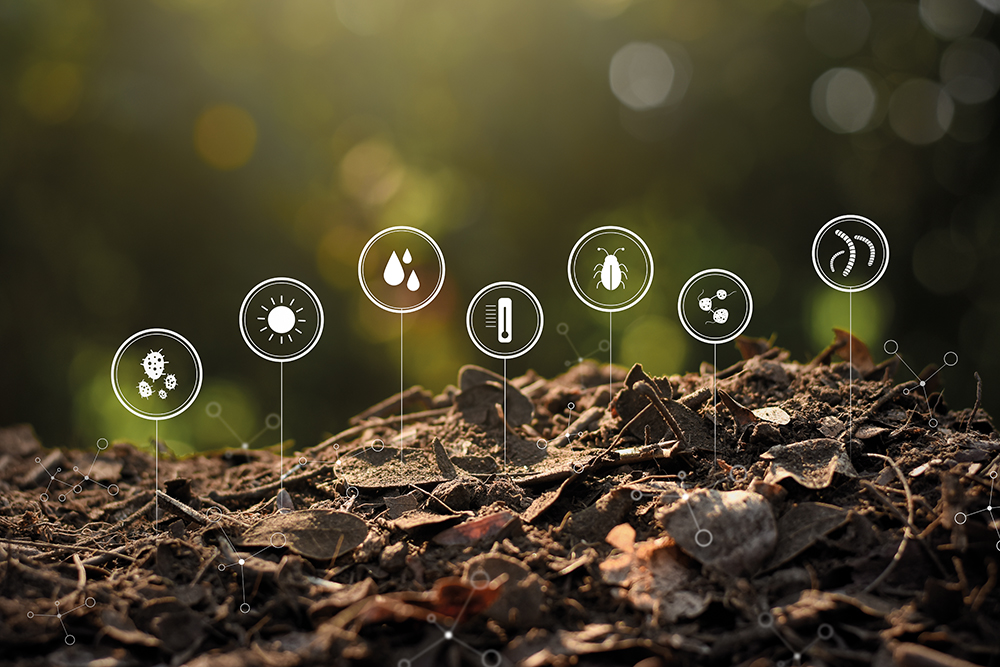
What educational and outreach initiatives is the Society involved in?
The society has an Education Committee that is responsible for developing education and outreach activities to enable the delivery of parts of the Society’s Strategic Plan. Activities range from providing educational resources for teachers, to school visits, to supporting the procurement of equipment for young scientists in schools and colleges to undertake soil focused experiments. Many of these activities can be found on the soilnet website, which was developed with support from the society http://www.soil-net.com/.
We also keep an eye on the national education agenda and regularly feed into consultations about subject benchmarking statements to ensure the importance of soil science is recognised. This is important, as whilst soil is central to many current environmental issues, it not explicitly taught as part of the national curriculum in the UK.
We also host and support a wide variety of outreach events at both the national and regional scales. One of the most important for us is Open Farm Sunday organised by Linking Environment And Farming (LEAF), where farms open their doors to the general public once a year. This is an excellent opportunity for us to engage with the public in an environment where the significance of soil is very clear. Events such as this are very important to us as our aim is to secure the future of soils by promoting an enhanced understanding their critical importance.
We aim to make a positive difference to the sustainable management and long-term security of soils as this is critical to solving the environmental and societal challenges we face today. Outlining our enthusiasm for this to the scientific community, the relevant stakeholders and the wider public represents one of the most important things I think we can do.
In terms of preserving and restoring Earth’s soils, what types of agricultural practices does the Society advocate?
The choice of agricultural practice is primarily determined by a farmer and based upon many environmental factors including climate, soil type, cropping system along with other considerations such as history, experience, economics and the availability of equipment. Farmers receive advice on management systems from a wide variety of sources including government, advisors and other stakeholders. However, there is a controversial element of this as usually ‘one cap does not fit all’ and indeed a lot of the science concerning the ‘best’ practice for soil management is conflicting.
As a Society, we promote the concepts of soil health and quality, and the sustainable practices that can enhance these such as retention of organic matter as a means of improving soil stability and soil health. However, as a Society we do not seek to promote specific agricultural practices over others as this risks alienating us from different soil interest groups; however, we do regularly engage with bodies that do advocate specific practices and foster discussion on both sides of the debate.
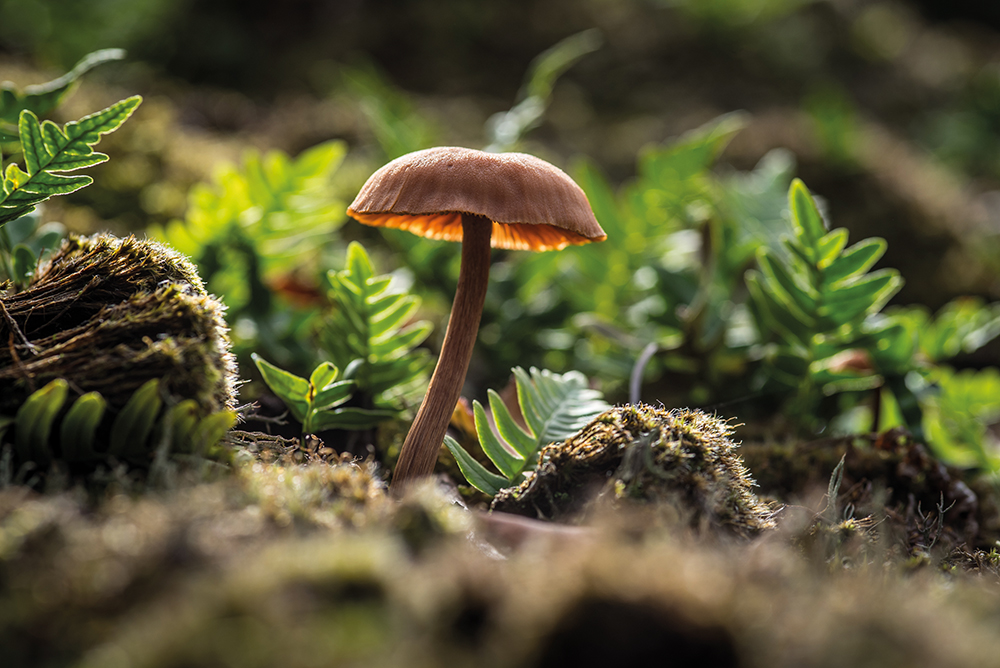
In 2022, the British Society of Soil Science will host the World Congress of Soil Science. Please tell us a bit more about this event.
The World Congress of Soil Science is a leading international soil science conference, held every four years in different countries and attended by over 3000 soil scientists from around the globe. It is a great honour that our Society has been tasked on behalf of the International Union of Soil Sciences to deliver the next one in 2022 in Glasgow – the last time it was held in the UK was in 1935!
The Congress theme, ‘Soil Science – crossing boundaries, changing society’, will focus on the link between soil and society, with sessions covering soil systems, soil processes, soil management and how we interact with and use soils around the world. There will be oral presentations, specialist workshops and discussion sessions across a wide range of soil disciplines. The core programme will be supported by tours and a cultural and arts programme for delegates and the wider public to explore our diverse environment and culture.
The Congress itself will take place at the world-class Scottish Event Campus, Glasgow from 31st of July until the 5th of August 2022, and we hope to welcome research scientists, policy makers, regulators, NGOs and anyone who has an interest in the sustainable use of soils, to discover the international state of the art in critical global issues and an opportunity to connect across all those who work with and rely on soils. Our planning for this has really ramped up in recent months and there is a real buzz in the Society about it at the moment.
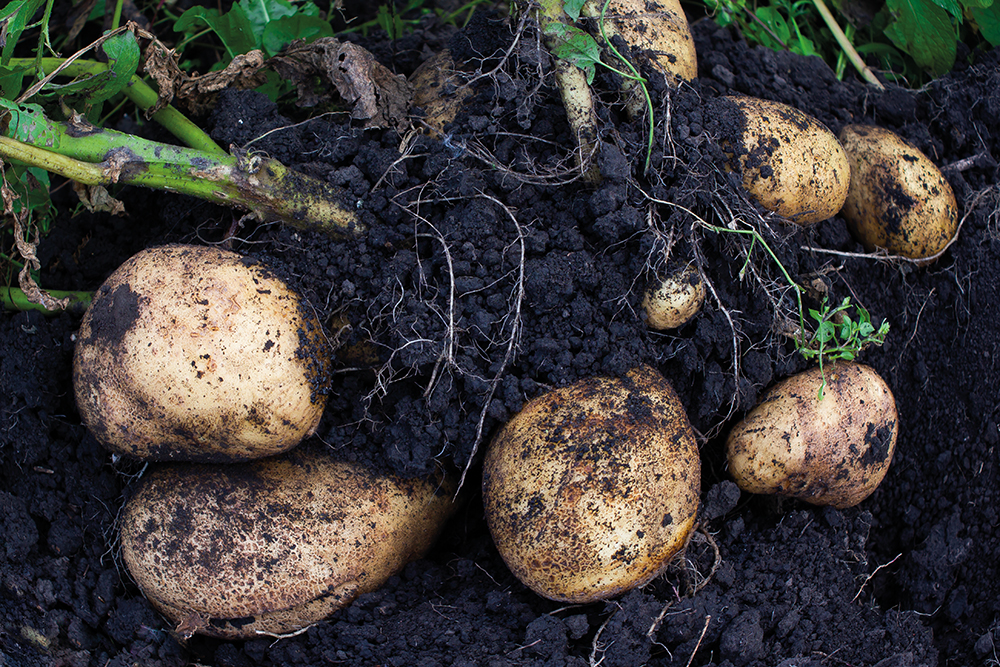
Finally, how have the Society’s activities been impacted by COVID-19, and how do you foresee this pandemic affecting the field of soil science in the UK and globally?
It has obviously been a very difficult time for everyone. The main impact on the Society has been the postponement, and some cancellation, of our meetings. As a Society we organise a wide range of specialist group meetings, workshops and training events, and the COVID-19 pandemic has meant that in the short term, these events have not been able to take place.
The UK is currently in lockdown, and as of today, we do not have a date for when that will change, so it has made planning very tricky. However, we are trying to be creative and looking for ways in which we can come together using digital environments.
Our Society Board and Council already take advantage of many digital communication platforms, so in many respects it has been business as usual; however, we have recently had to postpone our Annual Society meeting which was due to be held in Glasgow in September, and that is really disappointing. Assuming we will be unable to meet later in the year, we are now exploring how we might run a similar large event online. There will be challenges associated with this but advantages too, and in particular, I am hopeful we can take this opportunity to widen the participation and get as many members online at the same time as possible.
In terms of how the pandemic will impact on the field of soil science, I think we will probably fair better than other disciplines in terms of getting back on our feet quickly as research in soil science is often undertaken individually or in small groups. Once social distancing measures are introduced, it will most likely be possible for many of us to get back into the field and, to an extent, the laboratory to undertake research.
As for global communications, they have largely continued as normal, even increased in some cases, for example our journal editors have mentioned high numbers of research paper submissions with many scientists confined to their desks at home. I think a new way of working is emerging for many of us but my experience of the last few months has shown me that the passion for soils among soil scientists is something that is not easily dampened.
Reference
https://doi.org/10.33548/SCIENTIA516
Creative Commons Licence
(CC BY 4.0)
This work is licensed under a Creative Commons Attribution 4.0 International License. 
What does this mean?
Share: You can copy and redistribute the material in any medium or format
Adapt: You can change, and build upon the material for any purpose, even commercially.
Credit: You must give appropriate credit, provide a link to the license, and indicate if changes were made.
More articles you may like
Dr Jens Holger Rindel | The Acoustics of Open-Air Theatres: Why Traditional Parameters Don’t Apply
When you sit in an ancient Greek theatre, marvelling at how clearly you can hear performers even in the back rows without microphones, you’re experiencing acoustic engineering that predates modern science by millennia. According to new research, many of the standard methods acousticians use for concert halls are ineffective for open-air venues. Dr Jens Holger Rindel of Odeon A/S in Denmark has demonstrated why we need different acoustical parameters to evaluate open-air theatres properly. His work challenges the conventional wisdom of applying indoor concert hall metrics to outdoor venues and proposes new approaches specifically tailored to spaces where the sky forms the ceiling.
Calculating Steering Friction: Essential Engineering for Military Aircraft Safety
The safe operation of military training aircraft depends on precise engineering calculations that most of us never consider. Dr Bogdan Adrian Nicolin and Dr Ilie Nicolin from the National Institute for Aerospace Research in Romania have developed sophisticated methods to calculate the steering friction moment in military aircraft. This critical engineering parameter ensures that pilots can safely control aircraft during taxiing, take-off, and landing – making their work essential for both pilot training and flight safety.
Professor Robert B Heimann | Culinary Craftmanship: The Evolution of Pottery for Cooking
Cooking food is arguably one of the most important transitions in human evolution, and initiated hundreds of thousands of years of refinement in both technique and technology. Professor Emeritus Robert B Heimann of TU Bergakademie Freiberg, Germany, recently reviewed the evidence for early cooking vessels and tracks the evolution of their production, identifying important strategies of optimisation using various natural materials, firing methods, and designs to improve durability, functionality, and efficiency over time.
Dr Loren Babcock | Untangling the History of Jefferson’s Giant Ground Sloth
In the spring of 1796, workers mining saltpetre in a western Virginia cave unearthed several unusual bones. This would launch the scientific study of extinct animals in North America and connect one of America’s founding fathers to the early development of palaeontology. Some of these mysterious bones eventually made their way to future US President Thomas Jefferson at his Monticello estate. Dr Loren Babcock from The Ohio State University’s School of Earth Sciences has conducted an extensive review of the complex naming history of this iconic extinct animal. His research untangles over 200 years of inconsistent scientific terminology and establishes the definitive nomenclatural history of what would become known as Megalonyx jeffersonii.

